


10 of the best places to visit in Gran Canaria
Gran Canaria, a beautiful island in the Canary Islands archipelago, offers a wide range of activities and attractions for visitors. It is the western most island in the Province of Las Palmas, which consists of the Lanzarote, Fuerteventura, La Graciosa and Gran Canaria.
It’s the third largest island in the Canary Islands and the southern resorts are popular with holidaymakers from all over Europe.
Here is the TravelON.world top 10 things to do in Gran Canaria.
1. Explore the sand dunes at Maspalomas
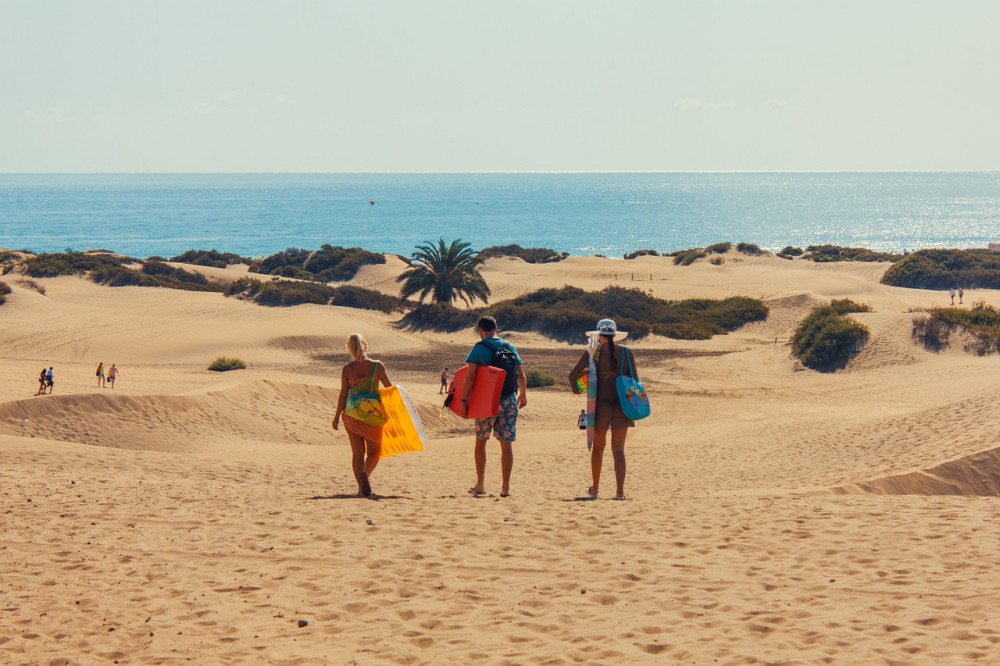
The Maspalomas Sand Dunes were formed over thousands of years through a combination of wind, sea currents, and sediment deposits. The dunes stretch over an area of about 404 hectares (roughly 1,000 acres) and cover several kilometers of coastline. Known locally as Dunas de Maspalomas, they are a stunning natural landmark located on the southern coast of the island.
These sand dunes are not only a unique feature of the island's landscape but also designated a protected area due to their ecological importance. The dunes at Maspalomas create a visually striking landscape, with golden sand hills that can reach heights of up to 10 meters (around 33 feet). They form unique shapes and patterns that change over time due to wind and weather conditions.
2. Head to the capital city of Las Palmas de Gran Canaria
The capital of Gran Canaria, Las Palmas, is the largest city in the Canary Islands and a vibrant hub of culture, history and tourism. It’s located on the North East coast of the island and has a rich history dating back to the 15th Century where it played an important role as a port for trade routes between Europe, Africa and the Americas.
The city offers shoppers with a selection of malls and local markets, with Vegueta and Triana known best for their shopping streets, cafes and restaurants serving up Canadian cuisine. Las Palmas is famous for its urban beach, Las Canteras. This popular sandy beach stretches along the coastline of the city and offers clear waters for swimming, water sports, and relaxation., and is lined with restaurants, cafes, and shops.
3. Take a tour and hike to Roque Nublo
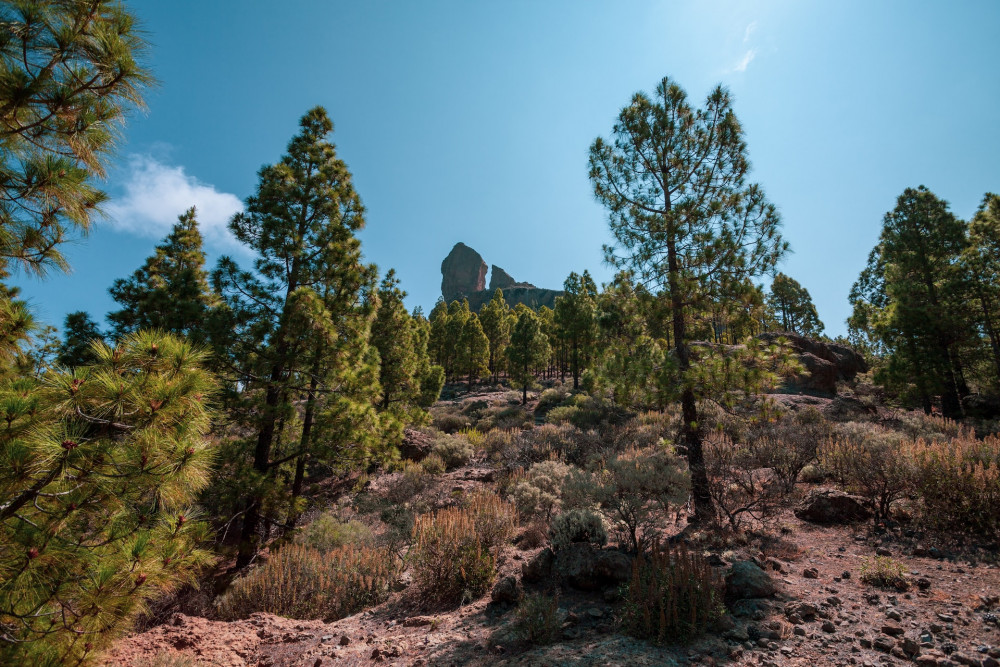
Roque Nublo is a prominent natural landmark in Gran Canaria and can be found in the Tamadaba Natural Park in the center of the island. It's one of the most iconic and recognisable features of the island's landscape, attracting visitors with its unique rock formation and breathtaking panoramic views.
The crag is a rock formation that was created by erosion and volcanic activity. It's a monolithic basalt rock that stands approximately 80 meters (262 feet) tall and is estimated to be around 4.5 million years old. The hike to Roque Nublo is a popular activity for visitors. The trail offers stunning views of the surrounding landscape as you ascend to the summit.
The hike is of moderate difficulty and takes around 1 to 2 hours to reach the summit from the trailhead. On a clear day you just might catch a glimpse of Mount Teide over on the neighbouring island of Tenerife.
If you don't have a car, check out the Roque Nublo tour.
4. Visit the quaint village and fishing port of Puerto de Mogàn
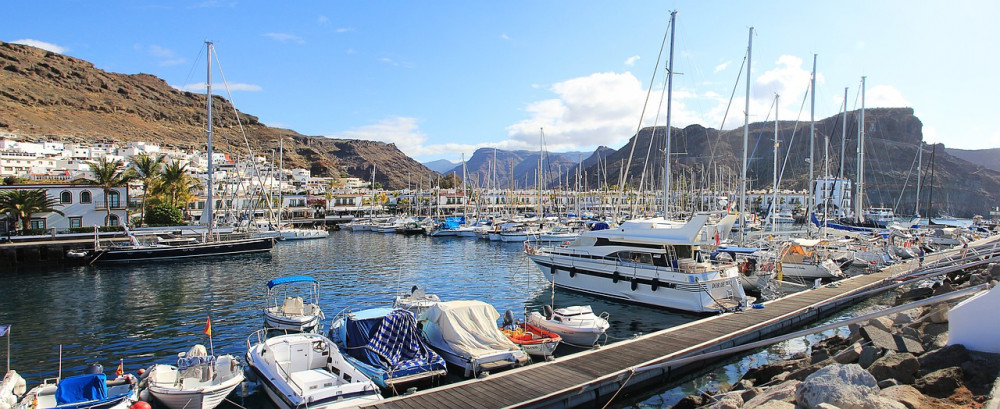
Often referred to as "Little Venice," Puerto de Mogàn is a charming fishing village in the south of the island and features colorful houses, a marina, and a weekly market. It's a great place to stroll around and enjoy the relaxed atmosphere.
The beach here is popular with locals and tourists. The sheltered bay provides bathers with calm waters that are ideal for swimming, making it a safe spot for families. One of the most distinctive features of Puerto de Mogán is its marina and network of canals. The village's layout resembles that of Venice, with canals winding through the buildings, creating a unique and scenic environment. Puerto de Mogán hosts a weekly market on a Friday where you can find a range of products, from local crafts and jewellery to fresh produce.
5. Cueva Pintada Museum and Archaeological Park
Located in Gáldar, this museum offers insight into the island's indigenous culture, with well-preserved cave paintings and archaeological artefacts. The name "Cueva Pintada" translates to "Painted Cave," which reflects the site's main feature: a series of intricate geometric and anthropomorphic designs painted on the walls of a natural cave.
These paintings date back to the island's Guanche civilisation, the indigenous people of the Canary Islands. The site includes a modern visitors' centre that offers guided tours, educational exhibits, multimedia presentations, and artefacts related to the Guanche culture.
The centre provides context for the archaeological findings and the history of the Canary Islands. It's recommended to book guided tours in advance, as the site has limited daily capacity to ensure a quality experience for visitors.
6. Visit the Valley of Agaete
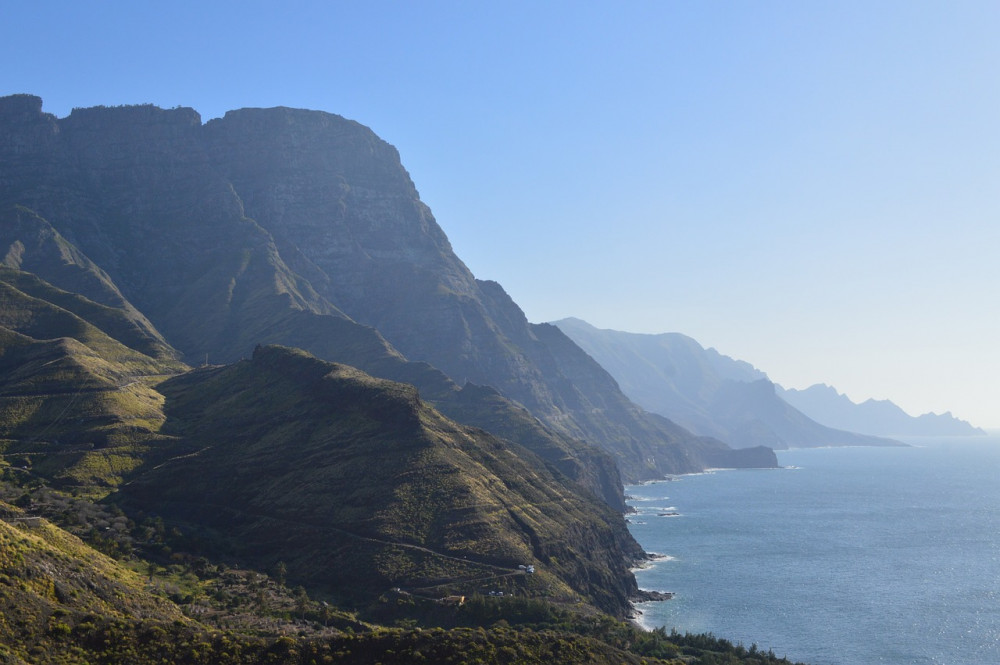
The Valley of Agaete (Valle de Agaete) is a picturesque and fertile region located on the northwest coast of the island. It’s known for its lush landscapes, charming villages, and natural attractions, offering a diverse range of experiences for visitors.
One of the most popular attractions in Agaete is the "Las Salinas" natural pools. These tidal pools are formed by volcanic rock formations and offer a safe and refreshing place to swim while enjoying views of the ocean. Agaete is also known for its coffee plantations, which are relatively rare in Europe.
The valley's microclimate is ideal for coffee cultivation, and you can visit the coffee plantations to learn about the process and sample locally grown coffee. The valley offers stunning views of the surrounding landscapes, including the ocean and the nearby Tamadaba Natural Park. There are also hiking trails that allow you to explore the valley's natural beauty on foot.
7. Camel Safari in Fataga
Experience a unique adventure by taking a guided camel safari through the stunning Fataga Valley, surrounded by rugged mountains and picturesque villages.
The ride offers breathtaking views of dramatic rock formations, rolling hills, and distant mountains. It's an opportunity to appreciate the diverse landscapes that Gran Canaria has to offer.
8. Visit Pueblo Canario (Canarian Village) in Las Palmas
Located in Parque Doramas in Las Palmas, this architectural complex replicates a traditional Canarian village and hosts live music and dance performances, offering a taste of local culture. Pueblo Canario was designed by the renowned Canarian architect Miguel Martín-Fernández de la Torre. The complex aims to capture the essence of traditional Canarian architecture, reflecting the style of old rural villages on the islands.
9. Jump in a hire car and take a scenic drive
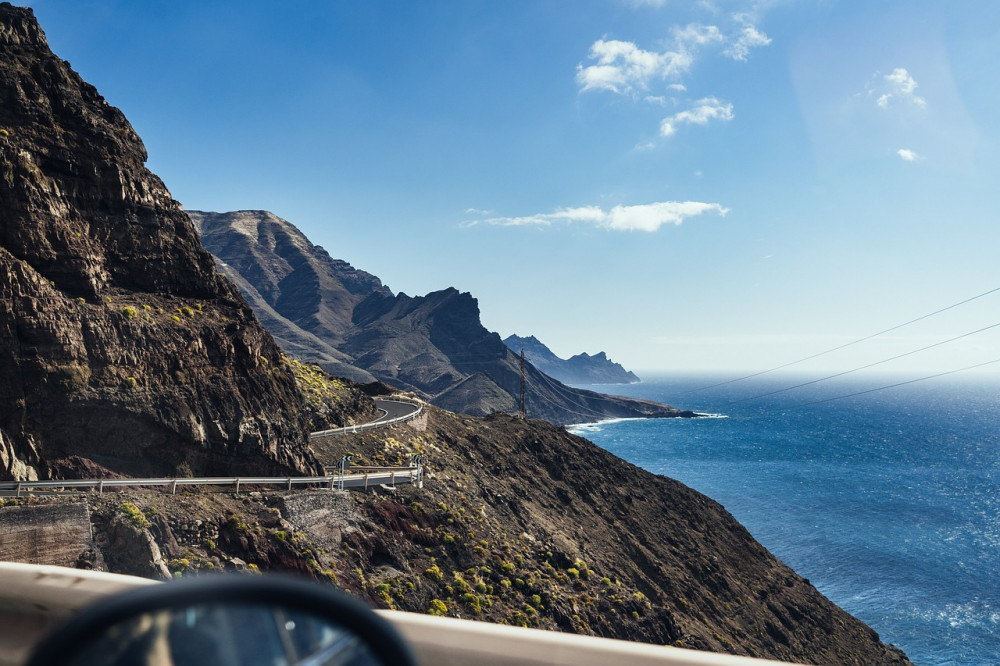
Gran Canaria offers some of the best scenic drives in the Canary Islands taking you through diverse landscapes and coastal routes.
The GC-200 route takes you along the dramatic southwestern coastline of the island. The road winds through picturesque towns like Puerto de Mogán and offers breathtaking views of the Atlantic Ocean, rugged cliffs, and charming villages.
Head to the center of the island and drive along the GC-60 to reach the iconic Roque Nublo. This drive offers panoramic views of mountain landscapes, valleys, and charming villages. The final destination, Roque Nublo, provides stunning views of the surrounding area.
Drive north on the GC-210 to reach Puerto de las Nieves. This coastal route offers views of terraced fields, quaint villages, and the striking natural rock formation "Dedo de Dios."
10. Take a Whale and Dolphin Watching boat trip
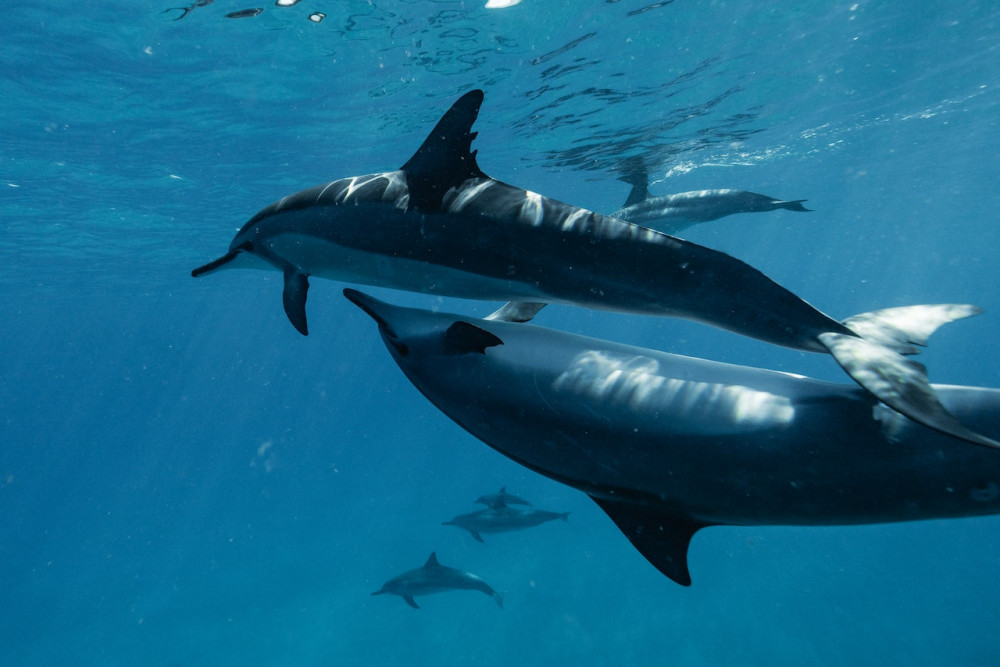
The waters off the coast of Gran Canaria are home to a diverse range of marine species, including several types of whales and dolphins. Whale watching tours typically involve guided boat trips led by experienced naturalists or marine biologists who provide insights into the behaviour, habits, and conservation efforts of the marine animals.
The boats are equipped with amenities to ensure your comfort during the tour. While sightings can't be guaranteed due to the wild nature of the animals, the chances of encountering dolphins and whales are generally high. Bottlenose dolphins, for example, are known for their playful behaviour, and short-finned pilot whales are often seen in family groups. Whale watching in Gran Canaria is a year round activity, but the best season is the summer months when the seas are generally calmer.
Remember that these are just a few handpicked activities and locations that Gran Canaria has to offer. The island's diverse landscapes, from beaches to mountains, and its rich cultural heritage ensure there's something for every type of holidaymaker.
About the author
Mr TravelON is the brand ambassador for TravelON and one of the most watched travel experts in the Canary Islands, with more than 400000 followers across YouTube, TikTok and Facebook. Mr TravelON has worked in tourism for over 25 years with tour operators, excursion suppliers and the local Canary Islands tourism board. He is on the ground in tourist destinations filming content, reviewing tours and talking with holidaymakers every day. His advice comes from real experience and direct contact with the island. As a Travel expert and editor he brings the most up to date travel news.